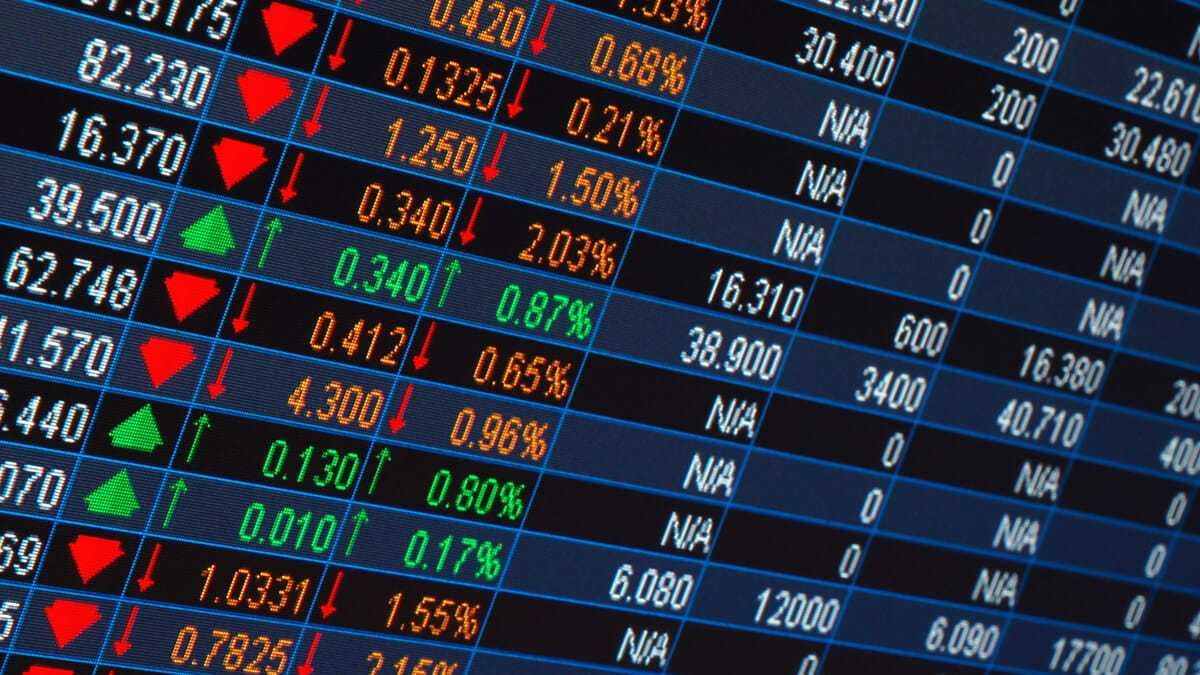In the fast-paced world of stock markets, price movements can be volatile, influenced by economic data, corporate announcements, or unexpected global events. To maintain market stability and protect investors, regulatory bodies and exchanges implement trading halts—temporary suspensions of trading for specific securities or the entire market. These halts serve as crucial mechanisms to prevent disorderly trading, allow investors to process important information, and ensure market integrity.
What is a Trading Halt?
A trading halt is a temporary pause in trading imposed by stock exchanges or regulatory authorities. It can last for a few minutes to an entire trading session, depending on the reason for the halt. Trading halts are typically implemented to manage extreme volatility, facilitate significant news dissemination, or address technical issues within the exchange.
Reasons for Trading Halts
Trading halts can be triggered due to various factors, broadly classified into the following categories:
1. Regulatory Announcements
- Major company announcements, such as mergers, acquisitions, earnings releases, or financial restatements, can lead to a halt.
- Regulatory investigations or legal actions involving a company.
2. Extreme Market Volatility
- Sharp price swings in individual stocks or the broader market may trigger a halt.
- The Securities and Exchange Commission (SEC) and exchanges like the New York Stock Exchange (NYSE) and Nasdaq enforce circuit breakers to curb panic-driven trading.
3. Technical or Operational Issues
- System failures, cyberattacks, or connectivity problems affecting market operations can lead to a temporary trading suspension.
- Flash crashes, where algorithmic trading causes rapid price drops, may prompt halts.
4. Regulatory Compliance Issues
- A company failing to meet listing requirements or engaging in suspicious trading activities might face a trading halt.
Types of Trading Halts
Trading halts are classified into different types, each serving a specific purpose:
1. News Pending Halts
- Imposed when a company is about to release material information, ensuring investors have time to analyze its impact before trading resumes.
2. Regulatory Halts
- Enforced by exchanges or regulators when compliance violations or investigations are underway.
3. Volatility Halts
- Triggered when stock price movements exceed pre-defined thresholds within a short time frame. These are also known as circuit breakers.
4. Market-Wide Circuit Breakers
- Applied to the entire stock market during extreme downturns. For example, if the S&P 500 index drops by a specific percentage, a market-wide halt is initiated.
5. Operational Halts
- Implemented when technical issues disrupt trading platforms or order execution systems.
Circuit Breakers: Preventing Market Crashes
Circuit breakers are predefined mechanisms designed to prevent extreme volatility from spiraling out of control. These breakers work at both individual stock and market-wide levels:
Market-Wide Circuit Breakers (MWCBs)
The SEC and major exchanges have established market-wide circuit breakers based on the S&P 500 Index declines:
- Level 1: 7% decline triggers a 15-minute halt.
- Level 2: 13% decline triggers another 15-minute halt.
- Level 3: 20% decline suspends trading for the rest of the day.
Single-Stock Circuit Breakers
- A trading halt is triggered when a stock moves beyond a specific price range within a short duration (e.g., 10% change in 5 minutes).
Historical Examples of Trading Halts
Several notable events have led to trading halts in stock market history. Some key examples include:
1. Black Monday (1987)
- On October 19, 1987, global markets crashed, and the Dow Jones Industrial Average (DJIA) plunged 22% in a single day.
- This event led to the introduction of circuit breakers to prevent future panic selling.
2. Flash Crash (2010)
- On May 6, 2010, algorithmic trading caused a sudden 9% drop in the DJIA within minutes.
- The SEC implemented new regulations to enhance circuit breaker efficiency after this event.
3. COVID-19 Market Crashes (2020)
- In March 2020, extreme market uncertainty due to the COVID-19 pandemic triggered multiple Level 1 and Level 2 market-wide circuit breakers.
- Trading halts provided investors time to digest rapidly evolving global economic conditions.
Impact of Trading Halts
While trading halts are designed to protect market integrity, they have both positive and negative implications:
Advantages
- Prevention of Panic Selling
- Helps curb excessive volatility and prevents irrational market behavior.
- Ensuring Fair Information Dissemination
- Provides investors with time to analyze material announcements before making trading decisions.
- Market Stability
- Avoids disorderly price swings and improves confidence in market operations.
Disadvantages
- Disruptions to Trading Strategies
- Short-term traders and algorithmic trading strategies may be affected.
- Artificial Market Interventions
- Some critics argue that halts interfere with natural price discovery mechanisms.
- Potential for Increased Volatility Post-Halt
- When trading resumes, pent-up demand or fear can lead to even sharper price swings.
Trading Halts in India
In India, the Securities and Exchange Board of India (SEBI) regulates trading halts on exchanges like the National Stock Exchange (NSE) and Bombay Stock Exchange (BSE). Circuit breakers in India operate based on movements in benchmark indices such as Nifty 50 and Sensex:
- 10% decline: 45-minute halt.
- 15% decline: 1-hour halt.
- 20% decline: Trading suspended for the day.
How Traders Can Navigate Trading Halts
To effectively manage risks during trading halts, investors and traders can adopt the following strategies:
- Stay Informed
- Monitor financial news and regulatory announcements for potential halts.
- Diversify Portfolios
- Avoid concentration in volatile stocks to mitigate risks from halts.
- Use Stop-Loss Orders
- Implement stop-loss strategies to protect against sharp price swings.
- Analyze Post-Halt Market Trends
- Observe price movements before executing trades after a halt ends.
Trading halts play a vital role in ensuring market stability, fairness, and investor protection. While they can be disruptive in the short term, they ultimately contribute to a more orderly and efficient market. Understanding trading halts, their triggers, and their impact can help traders and investors navigate market uncertainties more effectively. As global financial markets evolve, trading halts and circuit breaker mechanisms will continue to adapt, balancing the need for liquidity and stability in modern stock exchanges.



